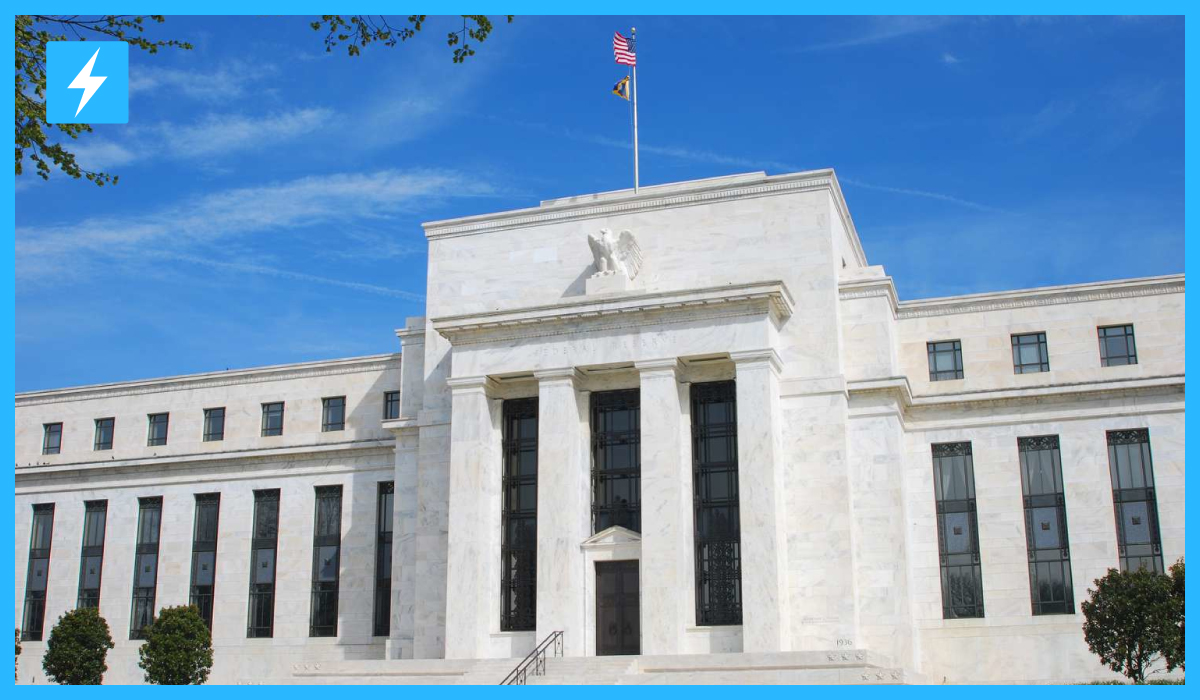White House to impose major tariff 200% tax on imported medicines
President Donald Trump reports that we are at the door of large scale imposition by the US of heavy tariffs on imported pharmaceuticals. At a recent Cabinet meeting and also during public events, he said that which may include as much as 200% it is not out of the question. If these measures go through which is by no means certain they will see the US implement a change of that magnitude in the pharmaceutical trade for which over $200 billion in drugs are imported into the US. Should major tariff they happen the new tariffs will be considered a very large scale intervention in medicine trade in the history of the US which also to boot marks a turn away from what we have seen up until now in terms of low cost, free from tariff import policies.
While on import duties which Trump has been very much of a chameleon in terms of details over the past few months, the main aim is what we see. The administration is out to get multinationals to put their manufacturing back in the U.S., which they present as a play for national security, supply chain stability and also creating jobs at home. But upon rolling out the new policy Trump put out a grace period of about a year which gives pharma companies time to retool and possibly move production out of foreign countries before the full tariff comes in. That which may be called a phase in from the admin’s point of view — is to minimize short term disruption which we see as a plus, while at the same time putting out a long term plan for bringing pharma production back in house.
Decades of Cheap Global Trade to End

For over 30 years the global pharmaceutical industry has had a fairly open trade environment. In the U.S. we saw little to no tariffs applied on imported which included drugs from India, Europe, and China which in large part is due to a 1995 World Trade Organization (WTO) agreement that was designed to maintain access to medicine and global accessibility to it. The Trump admin’s move with tariffs is a departure from that of the global consensus in this space and also challenges the industry’s very global supply chains.
Trump’s put in place tariffs which play into a series of actions to put reciprocal taxes on a range of imported products which also is a part of a large scale campaign to bring back American manufacturing and to that of to counter what he saw as unfair trade practices from large economies like China.
Despite support from some at home in the political arena many experts and advocates report that the new tariffs will cause a great shift which may rock the whole pharmaceutical supply chain. It is put forth that we will see both generic and branded foreign medicines which make up the large majority of what is dispensed in American pharmacies to be affected.
National Security and Supply Chain Stability
In times of global crises or geopolitical tensions which may cause supply disruptions the U.S.’ access to key pharmaceuticals is at risk. The White House has put forth that from the COVID-19 pandemic to persistent international issues we see that which which the U.S. must increase its domestic production of pharmaceuticals in particular generic and life saving drugs.
In April a Section 232 investigation into pharmaceutical imports was initiated which puts the Department of Commerce in a position to put forward tariffs on products determined to be of national security import. Secretary of Commerce Howard Lutnick reports that we are at the stage which results and which will inform policy are right around the corner. Analysts in the policy field report we may see an announced implementation of the pharmaceutical tariffs at any time this month.
Potential for change in drug prices and patients’ care
A heart medicine which is at present available for under 8,000 $10,000 increase in some complex treatments like that of life extending cancer drugs for a single course of treatment.
Older adults which are the largest group of prescription drugs users are seeing also to be the most vulnerable. Studies report that many seniors are already going without or stretching their prescriptions due to cost. High new tariffs may add to affinity issues and put at choice people on fixed incomes or those who require multiple expensive prescriptions each month.7.
Health economists report that we see an increase in insurance premiums. Also it is the tax payer which will in the short term see the impact of what may only be temporary buffer provided by federal programs like Medicare in the long run private insurers will too.
Broader Economic and Trade Implications
Proposed pharmaceutical tariffs are a piece of Trump’s larger shift toward protectionism which also includes import taxes on semiconductors, copper and other products. Trump’s “reciprocal” tariff approach is a break from present trade rules. If the U.S. goes after chemicals and pharmaceuticals which are not only key for health care but also for the industrial and science based sectors it will likely see retaliatory action from key trade allies, and experience disruption in global trade.
Investors and markets are paying close attention but with a degree of caution to the issue; we saw some dip in pharma stock prices at first from the announcements, that said the sector has surprised on the positive side in the short term. Also it is put forth by policy wonks that we may see the greater impact in medium to long term as we play out the details of what it means to move very complex and regulated manufacturing operations into U.S. territory.
As of late July 2025 it is reported that the Trump administration is at the stage of finalizing its policy which is to put in place specific tariff rates in the coming weeks. While the president has put forth 200% as the target for import tariffs on pharmaceuticals they have been known to put forward this figure repeatedly, some sources instead report that we may see moderate to start which will go up over the coming 12 18 months should manufacturing targets not be met. The timeline of the tariff plan and the details of how it will play out are very much under the watchful eye of industry players, policy makers, and patient advocates also.
In a great degree the administration’s push for pharmaceutical tariffs is a turning point for American health care, global trade, and the drug pricing and availability in the U.S. Which coming months will tell us if the U.S. and its trading partners do in fact adapt to the new rules or if in fact we see a turbulent transition for patients and providers as access, costs, and global commerce change in what is the latest version of “America First” policy. 123
Visit for Latest News: WhyTrends




